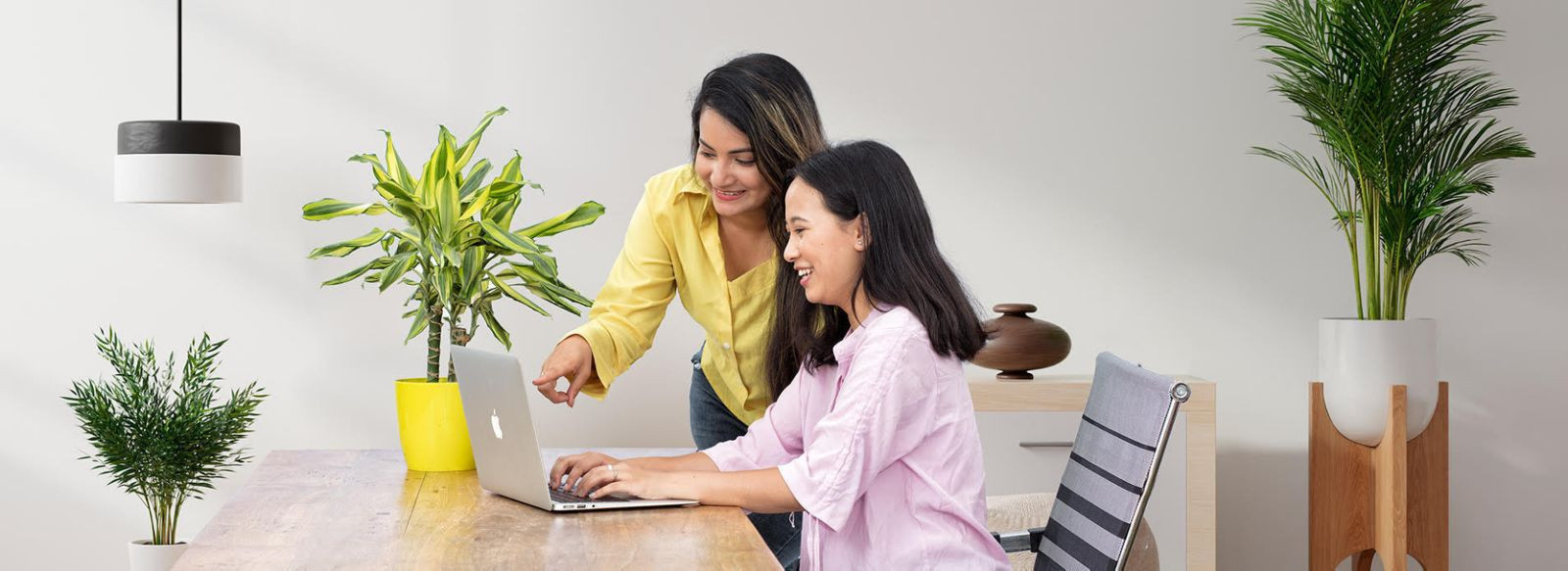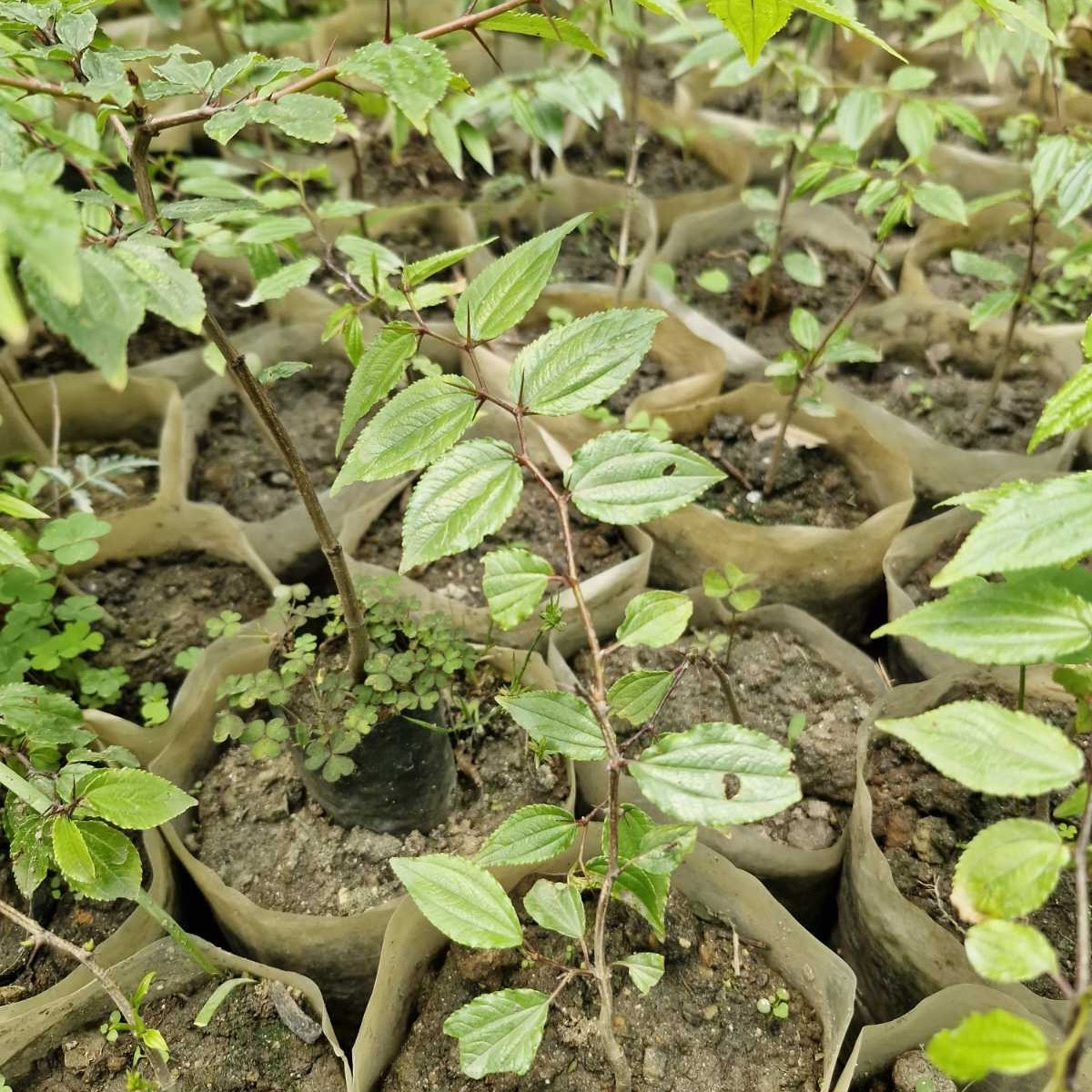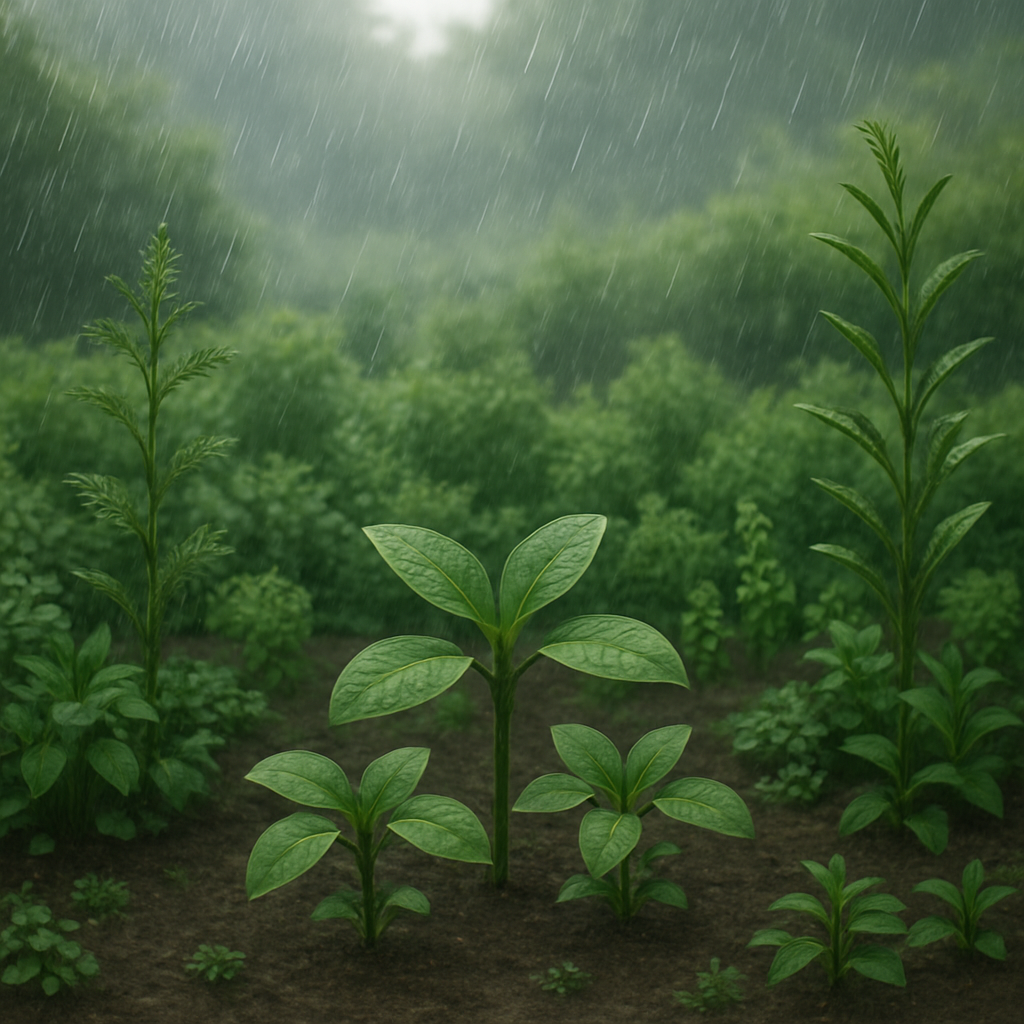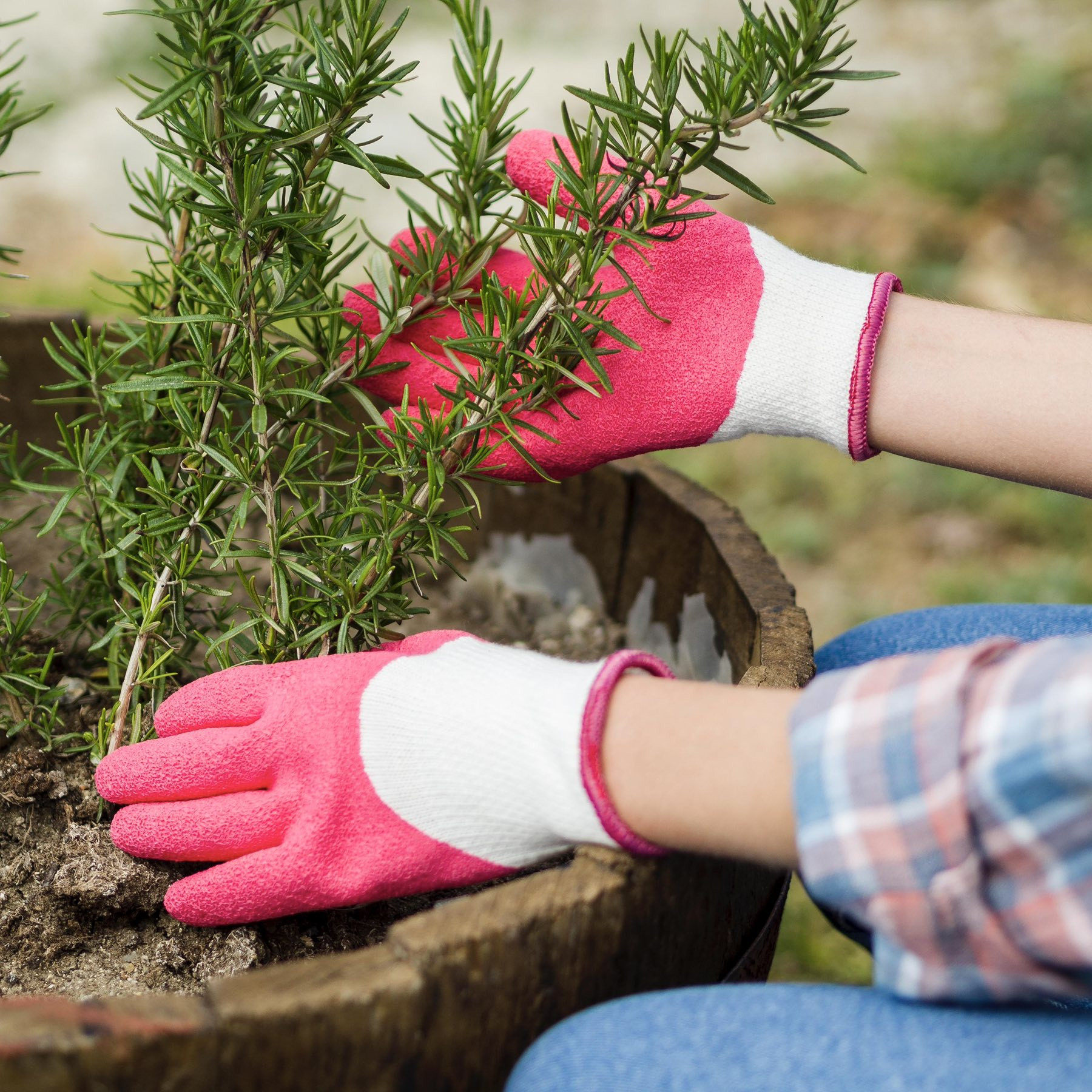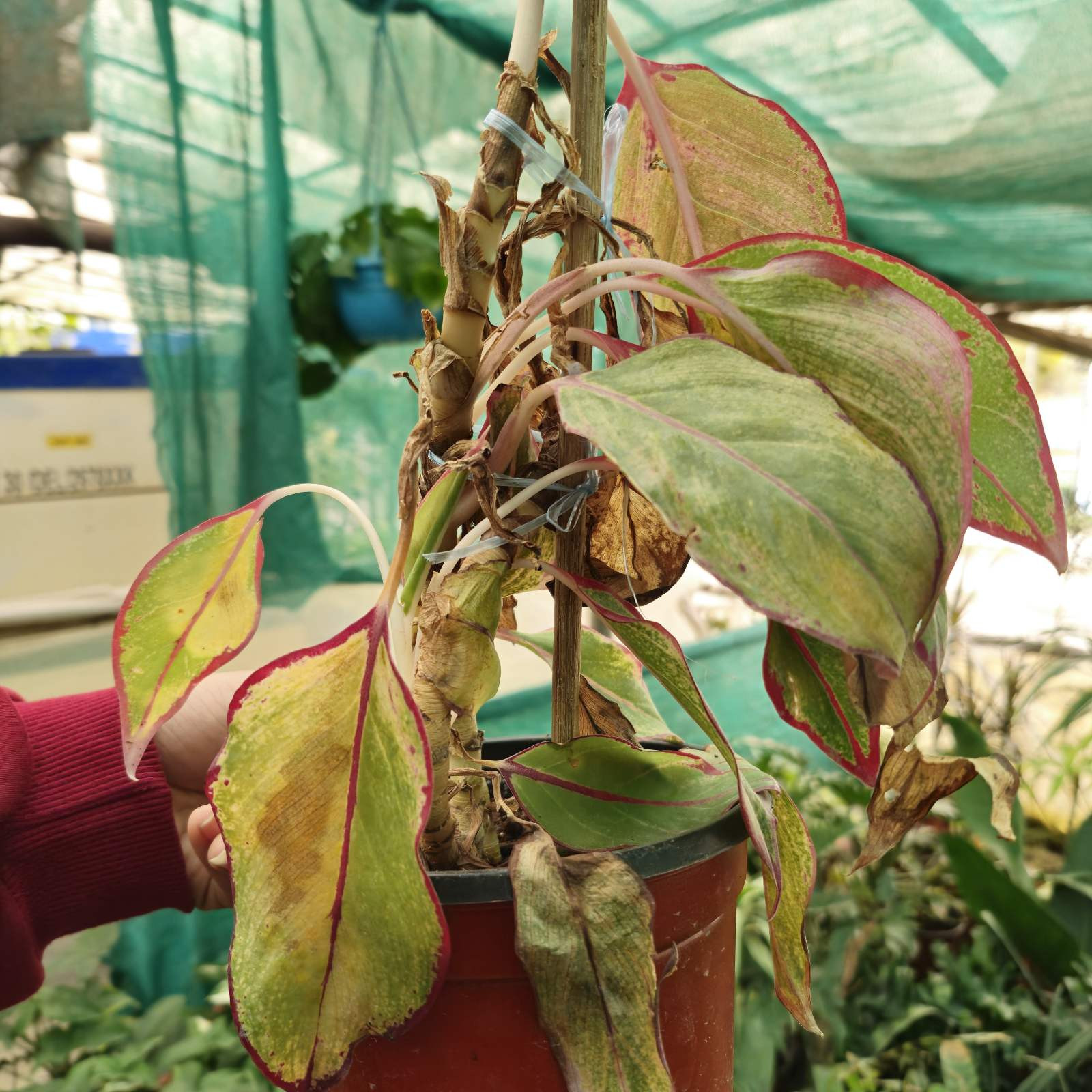No Products in the cart.
Rainwater & Your Plants: Nature’s Perfect Pour
There’s nothing quite like the smell of fresh rain and your plants agree! Rainwater is more than just a free hydration, it’s one of nature's best gifts for your garden. But like all good things, too much can become a problem. In this blog, we’ll discuss how rainwater affects your plant, how to use it wisely and when to step in with a little plant-parent intervention.
💧Why is rainwater great for plants?
Rainwater isn’t just tap water falling from the sky. It is naturally soft and free from salts and chemicals like chlorine, that can build up in soil over time. Even better, it contains traces of nitrogen- a nutrient that your leafy friends absolutely love! If plants could talk, they’d ask for a rainwater top up every week!
⛔When does rain become a problem?
While a good soak can perk up wilting leaves, too much rain can bring trouble:
Waterlogging: It happens when rainwater fills the soil and there's nowhere for it to drain, leaving roots sitting in soggy conditions.
Root Rot: It starts when those waterlogged roots can’t breathe, begin to decay, and invite harmful fungi to attack.
- Fungal Frenzy: It kicks in when constant moisture on leaves and soil creates the perfect environment for mold and mildew to grow.
- Tip: If your plants look droopy after a rain, it might not be from thirst, it could be soggy stress.
❓How to use rainwater wisely?
If you have no idea on how to use rainwater, you can follow the following steps:
- Collect and store rainwater in a clean, covered container placed in a cool, shaded spot to keep it fresh.
- Use it within 7–10 days to avoid stagnation and maintain water quality.
- for better absorption and reduced evaporation.
Tip: Collected rainwater is perfect for your more sensitive houseplants that don’t respond well to tap water.
🌱 How to Rain-Proof Your Plant Care
Whether it’s a drizzle or a downpour, keeping your garden happy is all about smart care.
- Make sure pots have good drainage by elevating them or adding pebbles.
- Cover delicate plants during heavy rain to protect foliage.
- Prune off wet or damaged leaves afterward to prevent fungal problems from spreading.
Tip: Add a few drops of neem oil to stored rainwater before watering—this can help deter pests naturally while still being gentle on your plants.
🌨️Plants that love a rainy day
Some plants that thrive in wet weather:
- Peace Lilies & Spider Plants: Great indoor picks that appreciate a gentle outdoor rain rinse.
- Areca Palm: A tropical beauty that enjoys humidity and soft water, rainwater is perfect!
- Aloe Vera: Grows best with occasional, natural watering, just make sure the pot drains well.
- Ferns: Absolutely love moisture and humidity, making rainy days their favorite.
A little rain can go a long way if you know how to use it right. From collecting clean, chemical-free water to keeping your roots safe from soggy disasters, rainwater can be your secret gardening superpower. So the next time the skies open up, smile with your plants… just be ready with a drainage plan!

